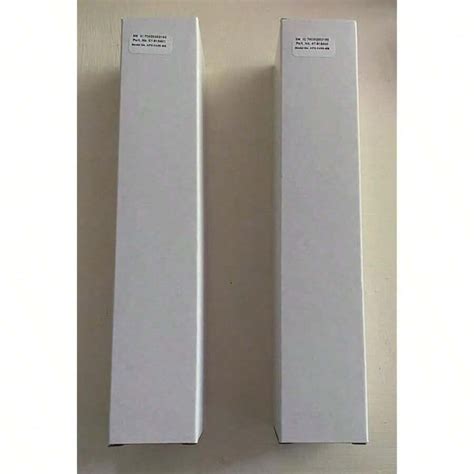Introduction
Water is an indispensable element for all living beings, including our beloved pets. Providing pets with access to clean and safe drinking water is crucial for their overall health and well-being. However, water sources can often be contaminated with impurities that pose potential health hazards to our furry companions. This article delves into the importance of pet water quality and purification, exploring innovative technologies and strategies that can ensure a healthy and fulfilling life for our pets.

The Importance of Pet Water Quality
According to the American Kennel Club, “Water comprises around 60-70% of a dog’s body and 60-80% of a cat’s body.” Moreover, pets consume a significant amount of water each day, making the quality of their drinking water a matter of utmost importance.
-
Improved Health: Impurities in water, such as bacteria, viruses, and parasites, can cause various health problems in pets, ranging from gastrointestinal issues to more serious illnesses. Clean water helps maintain a healthy digestive system, preventing diarrhea, vomiting, and other related conditions.
-
Prevention of Urinary Tract Infections: Water plays a vital role in flushing out toxins from the urinary tract, reducing the risk of urinary tract infections (UTIs). Adequate water intake helps dilute urine, making it less favorable for bacteria to thrive and multiply.
-
Hydration: Pets need water to stay hydrated, especially during physical activity or in hot weather. Clean and accessible water sources encourage pets to drink more, keeping them energized and preventing dehydration.
Pet Water Purification Methods
Various water purification methods are available to ensure the quality of pet drinking water.
1. Boiling: Boiling water for 1 minute is an effective way to kill most bacteria and viruses. However, it should be noted that boiling can also remove beneficial minerals from the water.
2. Filtration: Water filters effectively remove impurities by trapping them in a filter medium. There are various types of filters available, including:
- **Activated Carbon Filters:** These filters effectively remove chlorine, organic compounds, and some heavy metals.
- **Ceramic Filters:** Ceramic filters are made of porous ceramic material that traps impurities physically.
- **Reverse Osmosis Filters:** Reverse osmosis filters use a semipermeable membrane to remove dissolved solids, including minerals and contaminants.
3. Distillation: Distillation involves boiling water and collecting the condensed steam, which is free of impurities. Distilled water is the purest form of water but can also be expensive and time-consuming to produce.
4. Ultraviolet (UV) Disinfection: UV disinfection uses ultraviolet light to kill bacteria and viruses. UV systems are effective and relatively low-maintenance but can be costly to purchase and install.
5. Ion Exchange: Ion exchange is a process that removes impurities by exchanging them for ions in a resin bed. Ion exchange filters are effective for removing heavy metals and minerals.
Innovative Water Purification Technologies
- Nano-Filtration: Nano-filtration uses a membrane with pores even smaller than those in reverse osmosis filters, removing viruses, bacteria, and other impurities.
- Ozone Treatment: Ozone is a powerful oxidizing agent that can kill bacteria, viruses, and other microorganisms. Ozone treatment systems are becoming increasingly popular due to their effectiveness and low maintenance requirements.
- Electrochemical Purification: Electrochemical purification involves passing an electric current through water, generating antimicrobial species that kill microorganisms.
Table 1: Comparison of Water Purification Methods
| Method | Pros | Cons |
|---|---|---|
| Boiling | Inexpensive, quick | Removes beneficial minerals |
| Filtration | Effective, easy to use | Requires filter replacements |
| Distillation | Produces pure water | Costly, time-consuming |
| UV Disinfection | Effective, low maintenance | Can be expensive to purchase |
| Ion Exchange | Effective for removing heavy metals | Requires periodic regeneration |
Pet Water Quality and Health: Case Studies
- Study 1: A study published in the Journal of the American Veterinary Medical Association found that dogs consuming water contaminated with bacteria experienced digestive issues, including vomiting and diarrhea.
- Study 2: A study conducted at the University of California, Davis revealed that cats consuming water with high levels of minerals had an increased risk of developing urinary tract infections.
The Future of Pet Water Quality
By 2025, pet water quality is expected to become a major focus for pet owners and manufacturers alike. With the increasing demand for high-quality pet products and advancements in technology, we can expect to see:
- Smart Water Bowls: Water bowls integrated with sensors that monitor water quality and automatically purify water when needed.
- Biodegradable Water Bowls: Water bowls made from biodegradable materials that reduce waste and promote sustainability.
- Personalized Water Treatment: Water purification systems tailored to the specific needs of individual pets, based on their size, activity level, and health conditions.
Conclusion
Providing pets with clean and safe drinking water is essential for their overall health and well-being. By understanding the importance of pet water quality and choosing appropriate purification methods, pet owners can help prevent illnesses, promote hydration, and extend the lives of their furry companions. As technology continues to evolve, we can expect to see innovative solutions that make pet water purification easier, more effective, and more accessible.





















